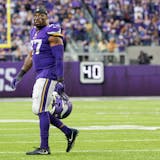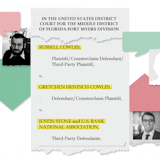FORT MYERS, FLA. – When Joe Mauer visits Target Field this season, he will be in a suite, not the lineup. And he will be watching the Twins play a style of ball he might not recognize.
Just ask any Timberwolves or Vikings fan what that's like.
"There are more three-pointers in basketball, and there's more passing in football," Twins General Manager Thad Levine said. "Across all sports, we've all concurrently learned that there are faster ways to score, and everyone is trying to push the envelope to increase those. Baseball is no different — we're in an era right now of [pursuing] home runs."
Yes, the revolution has already begun. The Twins are taking up arms this year.
Over the past decade, homers have rapidly become more common, reaching levels reminiscent of the so-called steroids era, and strikeouts have skyrocketed with them. For the first time, there were more strikeouts than hits across the majors last season, yet scoring has not declined. The Twins have noticed — and adapted.
Mauer, whose career .388 on-base percentage is the third-highest in Twins history, retired last fall, and the Twins chose not to offer a contract to Robbie Grossman, whose .371 OBP the past three seasons led the team. Third-best over that span was Brian Dozier, traded at the deadline last July.
In their place, the Twins added C.J. Cron to man first base, Jonathan Schoop to handle second and Nelson Cruz to serve as designated hitter. All have socked 30 or more home runs in a season, levels that Mauer and Grossman never reached. On the other hand, only Cruz has ever posted an on-base percentage higher in one season than Mauer or Grossman's worst year.
"There are different ways to score runs. Power hitting, putting guys on base — teams have been successful with a lot of strategies," said Derek Falvey, the Twins chief baseball officer. "Our makeover, it wasn't deliberate, necessarily, in terms of trying to play a different style. It just ended up working that the players we identified as being good fits have more of a power profile than on-base."


